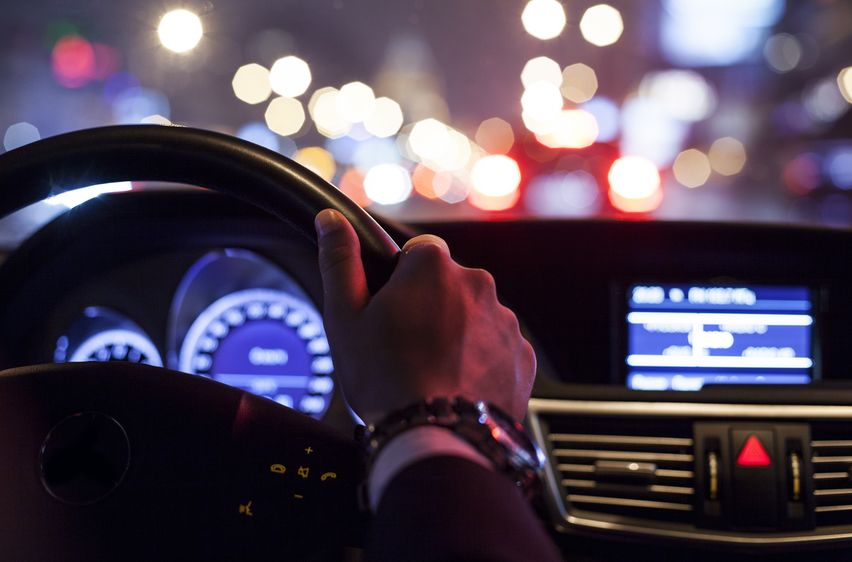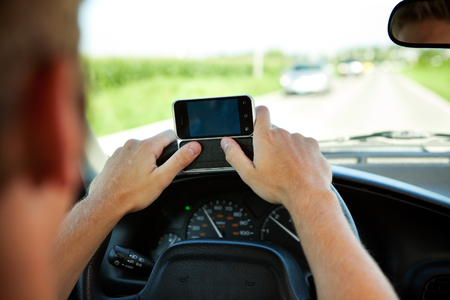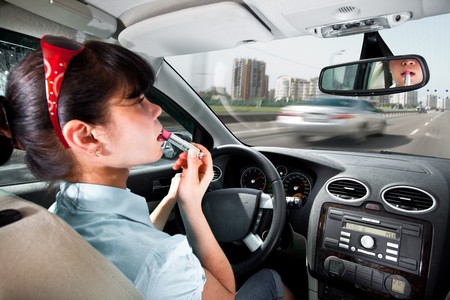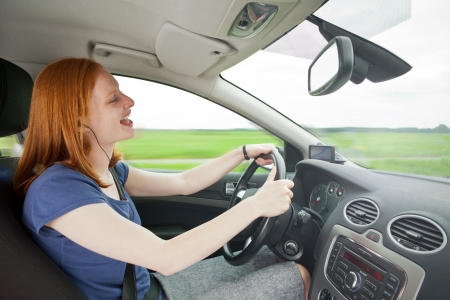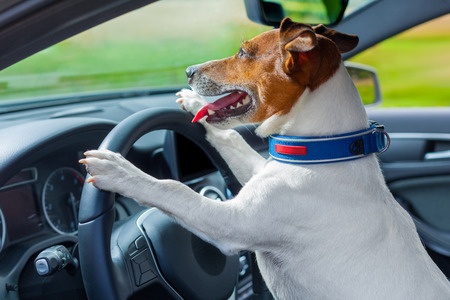Although most of us drive after the sun goes down, we usually don’t realize how dangerous it can be to do so. At night, you have to be extra cautious because you may run into problems that wouldn’t be present during the day. In fact, more than 50% of all accident fatalities happen between 6 p.m. and 6 a.m., showing that nighttime can be dangerous for everyone.
So, to help you stay safe, we want to cover some of the most significant issues you may encounter out on the road.
Some of the More Significant Nighttime Driving Issues
Decreased Visibility
Even if you drive in the city, you’re not going to get as much light at night. Not only that, but your eyes work differently in the dark, meaning that you’re already at a disadvantage when you get behind the wheel.
What’s the result? You may not notice obstacles in your way, especially when turning and merging into traffic. It’s much easier to get into a collision when you can’t see anything.
Overdriving Your Headlights
If you haven’t heard this term before, it means that you’re driving too fast to react to anything that shows up in your headlights. Most drivers create this problem without knowing it. In short, by the time you see anything, it’s too late. You’ll either hit what’s in front of you, or you’ll swerve violently to avoid it, which will likely cause you to hit something else.
How do you avoid this situation? Drive slower to give yourself more time to react.
Impaired Judgement
There are many reasons for impaired driving judgment after sunset. Nighttime is when most people go out and celebrate. Staying out late with friends increases the chance of driving while tired. In addition, when traffic is less abundant, people can tend to get a little more relaxed and a little less cautious.
Even if that doesn’t sound like you, consider that you’re not the only car on the road. Be sure to drive defensively.
Suggestions to Stay Safe
Increase Your Visibility
Keep your headlights in good condition. Most older cars have lights that don’t provide as much illumination. This means that overdriving can be more of an issue. Replace dim bulbs. Also, keep your headlights clean.
Give yourself extra time when turning and merging to make sure that no other vehicles are in the space where you are going.
Use Good Judgment by Knowing When Yours Isn’t
Avoid driving when your judgment may be impaired. Whether you are tired or for any other reason, let a friend drive you home or call an Uber.
Be Aware of the Road and Other Drivers
Stay vigilant. As we mentioned, a lot of people lower their guard at night when there are fewer cars on the road. Don’t be one of them.
Night driving doesn’t have to be dangerous. As long as you’re aware of the issues that come with it and you’re prepared, you should be fine. However, if something happens, you’ll be glad that you have the correct coverage for the situation. Give us a call at 800-624-3339 or click here to contact us. It only take a few minutes to review your coverage and make sure it matches what you need.

